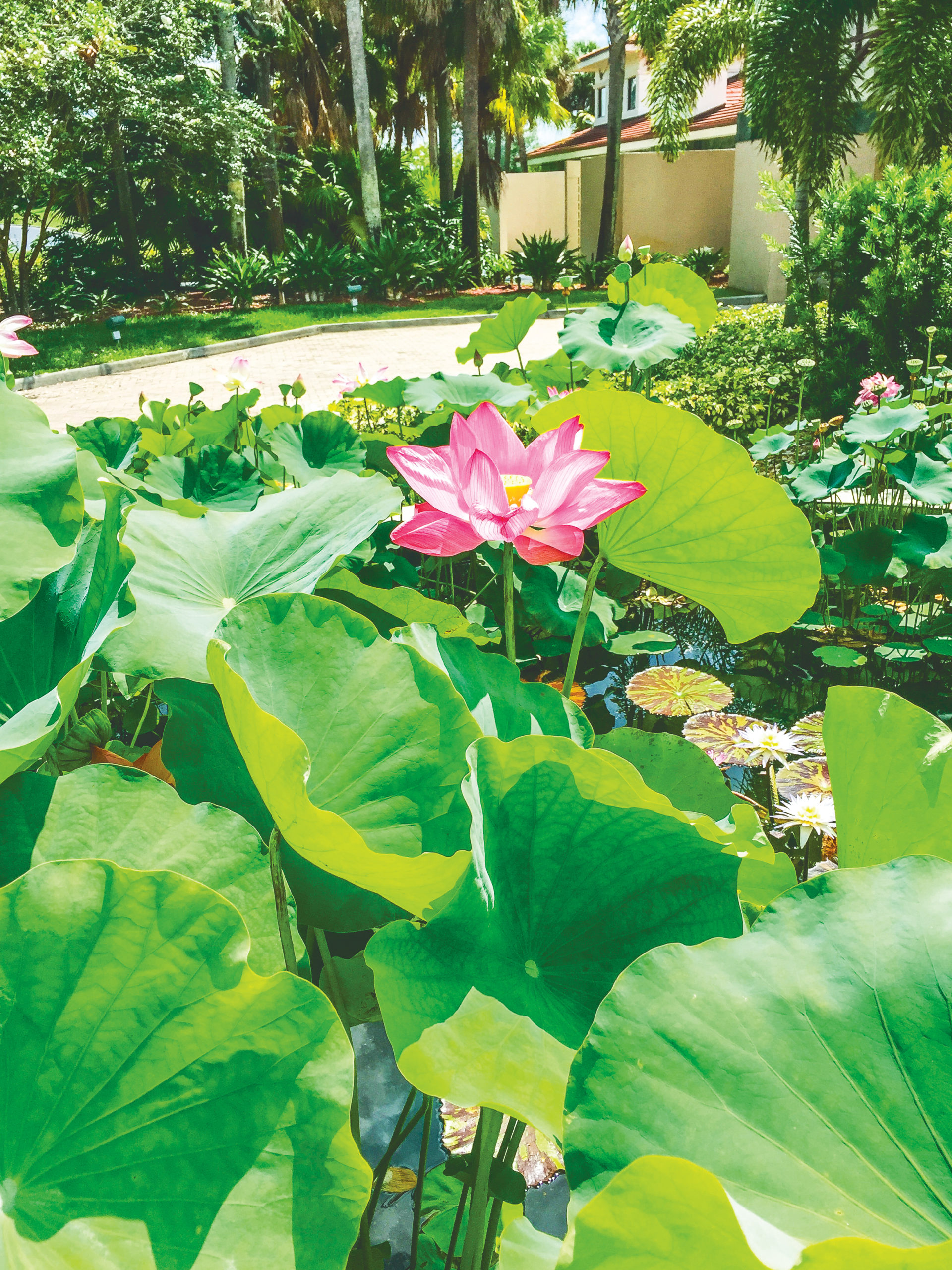Did you know that some seeds can stay alive for centuries or even millennia?
Seventy years ago in 1951, archaeologists excavated ancient lotus seeds from a 2,000-year-old site in Chiba, Japan. Paleobotanist Ichiro Oga revived one of the seeds, which began to sprout two months later in May 1951, the same month Josei Toda became the second Soka Gakkai president (May 3). On July 18, 1952, the Oga lotus, as it was named, bloomed as a beautiful, pale crimson flower. Mystically that year—which marked the 700th anniversary of Nichiren Buddhism—another primeval lotus seed flowered in Washington, D.C.
Ikeda Sensei later wrote that President Toda had been overjoyed at the news, viewing this blossoming in both East and West as a harbinger that “Nichiren Buddhism would flourish brilliantly” (July 2018 Living Buddhism, p. 5).
In 2015, offshoot seeds from the Oga lotus were transported to the SGI-USA Florida Nature and Culture Center in Weston, Florida, where they now bloom brilliantly each year.
You are reading {{ meterCount }} of {{ meterMax }} free premium articles

